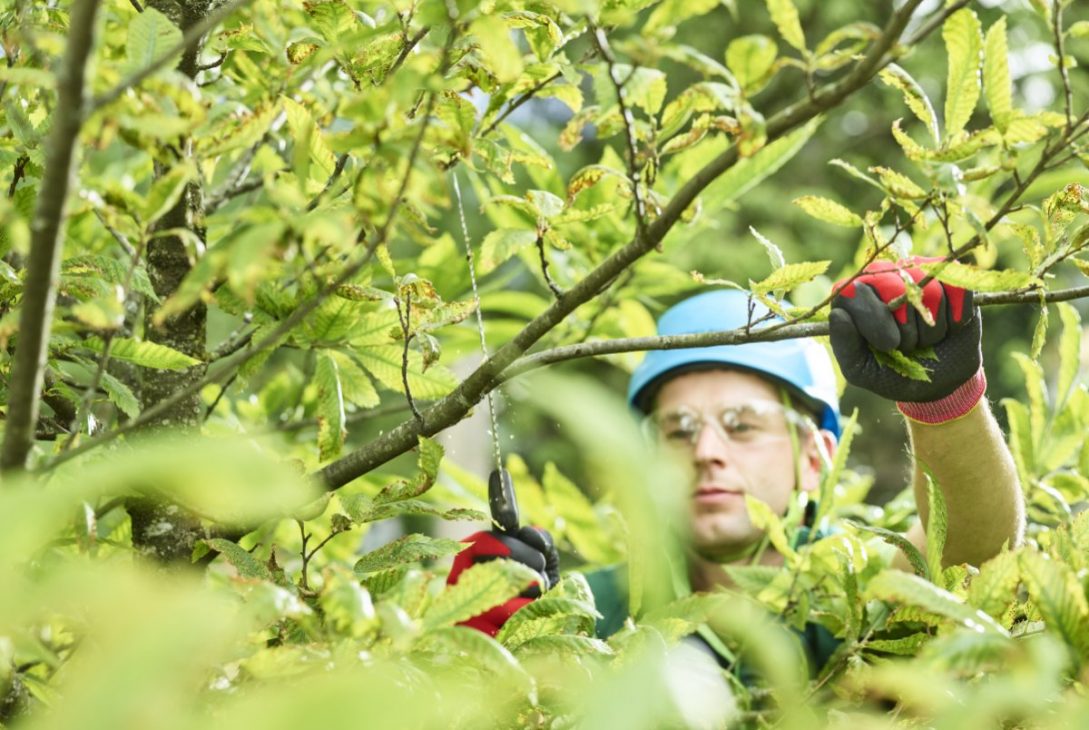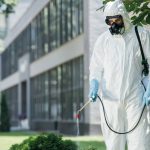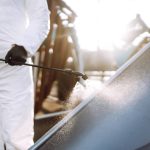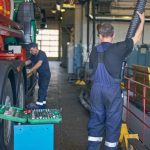Today more than ever, environmental sustainability and biodiversity are essential. These practices can be achieved via the careful management and cultivation of our forested areas. Some of the ways in which we can do this are via crop tree management and timber stand improvement. But, what are these practices, for what purpose were they first introduced, and how can they benefit our local environment?
What is tree management?
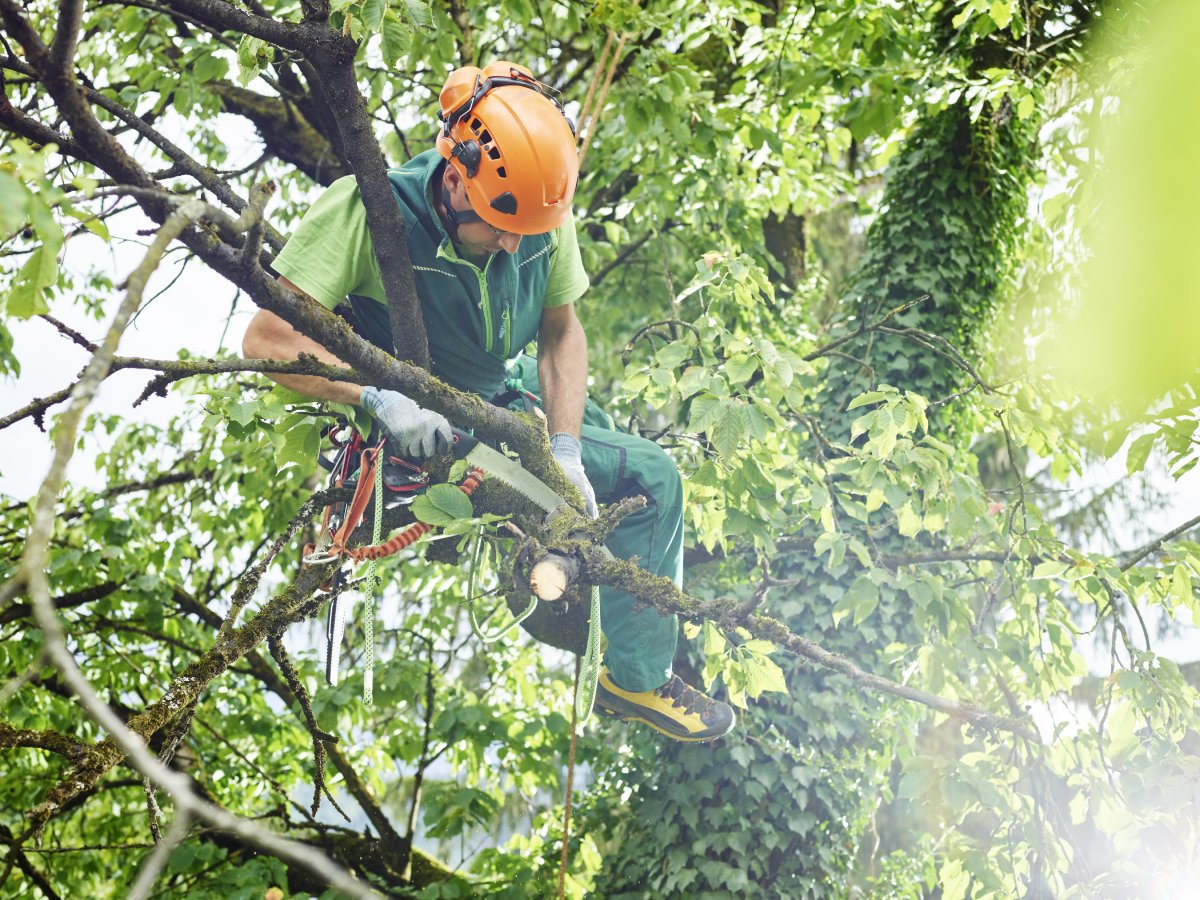
Tree management is the broader term used when describing the process of inventorying publicly owned trees. This includes general inspections, maintenance activities, understanding the trees’ conditions, cultivating workforces, and keeping the public up to date with all goings on in relation to a certain area of trees. Publicly owned trees that are in parks and streets are critical assets that must be maintained properly, just as you would public utilities such as power lines and sewers.
What is crop tree management?
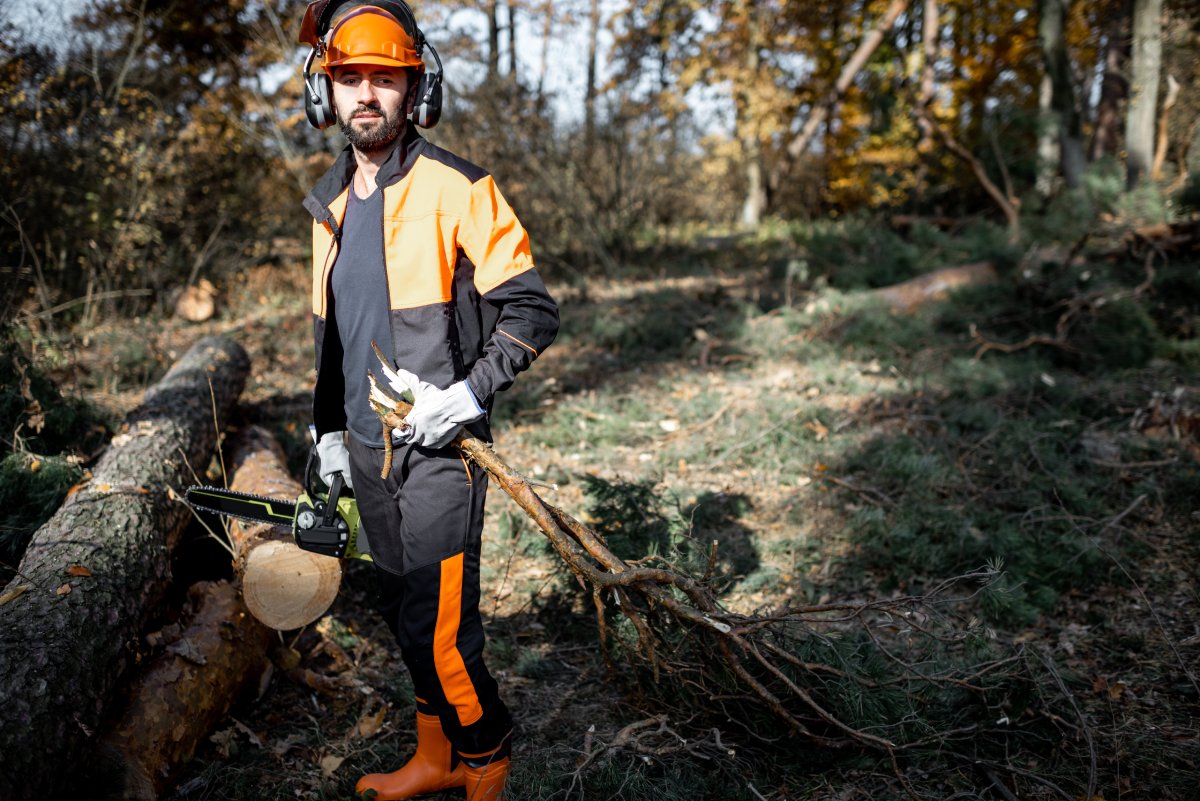
Crop tree management (CTM) is a form of tree management with a focus on environmental stewardship. There are a lot of benefits that come with it. This system in particular is designed to ensure adequate quality of trees, particularly in timber stands that are regularly harvested.
This seven-step system focuses on releasing various trees that produce a wide variety of benefits, such as improving the lives of local flora and fauna, water quality, general aesthetics, and timber production. It is done through various cutting treatments and cropping trees that provide the highest potential value to the environment.
Crop tree management involves making decisions for each individual tree, as opposed to an entire timber stand or forest. By identifying each individual tree’s needs, caretakers are better position to improve the overall quality and longevity of a wooded space.
CTM was originally developed for non-industrial use in private forests. This is because it is well suited to small, natural stands of mixed hardwood – particularly in urban community woodlots and forest buffers. That said, it is also now commonly used in commercially operable timber stands to improve yield quality and overall earning potential.
Here’s a quick look at the seven steps involved with CTM:
- Identify landowner goals (e.g., enhance recreational sustainability / improve habitats for local wildlife).
- Establish specific objectives (e.g., improving recreational access for hiking).
- Develop criteria for crop tree selection (e.g., whether for timber, aesthetics, or water quality).
- Take an inventory of the property and all existing tree species.
- Settle on how many crop trees will be released per acre.
- Decide which trees will be cut (e.g., determining which trees have adequate space to grow / which trees are most at risk of damage and degradation).
- Review proposed treatments and confirm the project before execution.
The management strategies will vary from one stand of trees to another. Some may be too thin for culling at this stage in which case regenerative / planting strategies will be put in place. In any case, crop tree management is all about ensuring the overall health and well-being of the trees now and in the future by identifying each individual tree’s needs.
What is timber stand improvement?
Timber stand improvement (TSI) is a term used for identifying forest management practices, specifically with the intention of improving the overall health, composition, quality, and productivity of timber-producing stands. The main focus is to remove lower-quality tees, thus allowing superior, healthier trees to grow into the space and establish a stronger foundation. Here’s a closer look at what’s involved with TSI:
- Tree removal in order to make more growing space available in areas that are otherwise occupied by deformed and undesirable trees. Culled trees are typically cut down by qualified arborists, or controlled using herbicides. Any tree species that do not fit with current management goals are not always necessarily marked for culling, however, if they cannot be harvested and sold, they should be removed in order to make space for the focus timber trees.
- Thinning in order to reduce competition and increase the overall growth rate of focus timber trees is important. Naturally, thinning trees that are young and un-merchantable is an expensive practice.
- Regular ‘sanitation’ cutting in order to remove trees that have been infected with disease, insects, and/or wind and ice damage. Removing trees that may spread disease and otherwise waste much-needed resources is critical for the future of the plot.
- The release of young and vigorous crop trees by removing overtopping and competing trees, thus bolstering faster growth and quality in the plot.
- And so on…
How can crop tree management and timber stand improvement techniques be used for sustainability?
- Crop tree management is typically used to care for trees in publically owned spaces, thus improving their health and reducing any hazards.
- Timber stand improvement is typically used for commercial uses in order to improve the overall yield and quality of harvestable trees.
When both are combined, we can use such practices to bolster wildlife, improve biodiversity, and promote sustainability. In such uncertain times when deforestation is rife in the Amazon and global warming is a growing concern among the global community, doing everything that we can to keep our local environment healthy is critical.
Protecting our homes from the devastating potential of wildfires
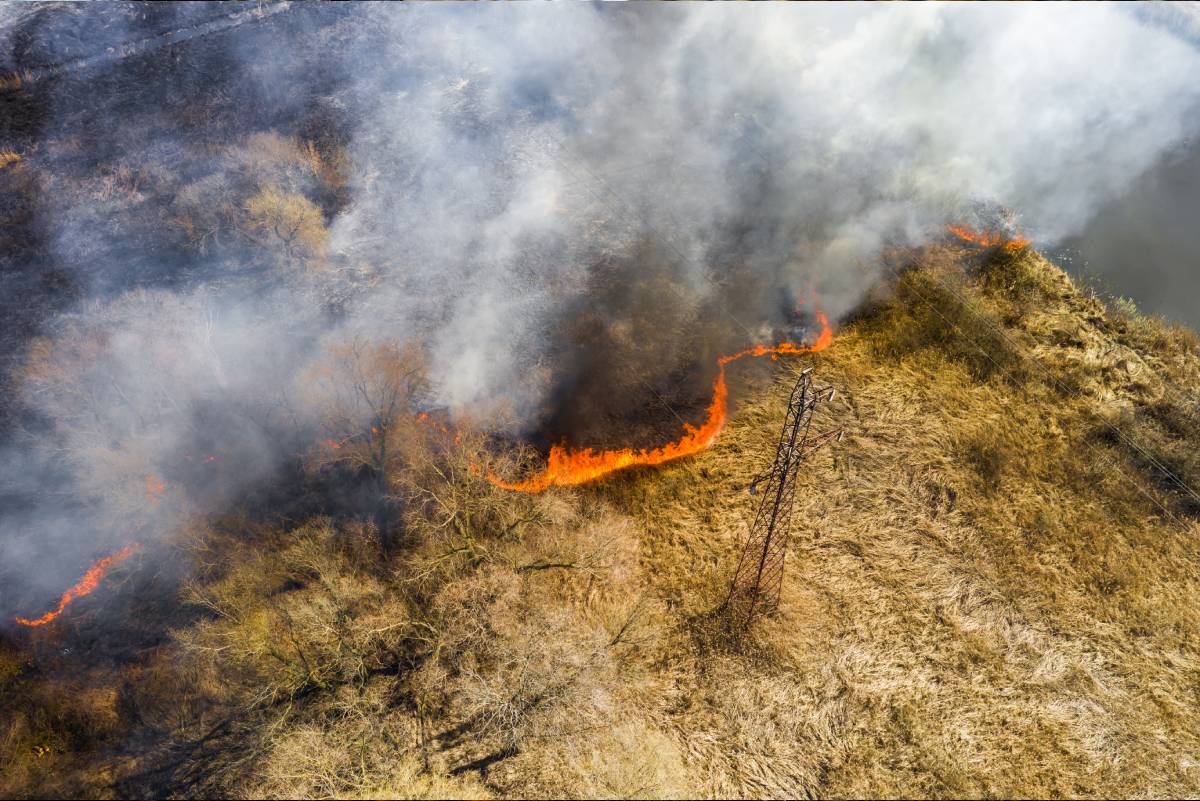
Australia has seen a rise in devastating wildfires in our forests in recent years. Not only has this had a terrible impact on wildlife habitats, but it’s also threatened the very health and safety of our communities. Through CTM and TSI (and agroforestry), we can better manage our neighbouring forests and wooded areas to identify any potentially dangerous trees (dead and dry), and have them removed and replaced with young, vigorous, and healthy trees. It’s a huge undertaking, given the growing threat and concern of wildfires during the height of summer, it’s never been more important than it is today!
If you are concerned about the trees on your land and you would like to have them properly tended to, we recommend contacting your local arborist, such as AB Trees. With their expertise in tree management, you can significantly improve the overall health and safety of the trees on your property, thus giving you the peace of mind you need.


